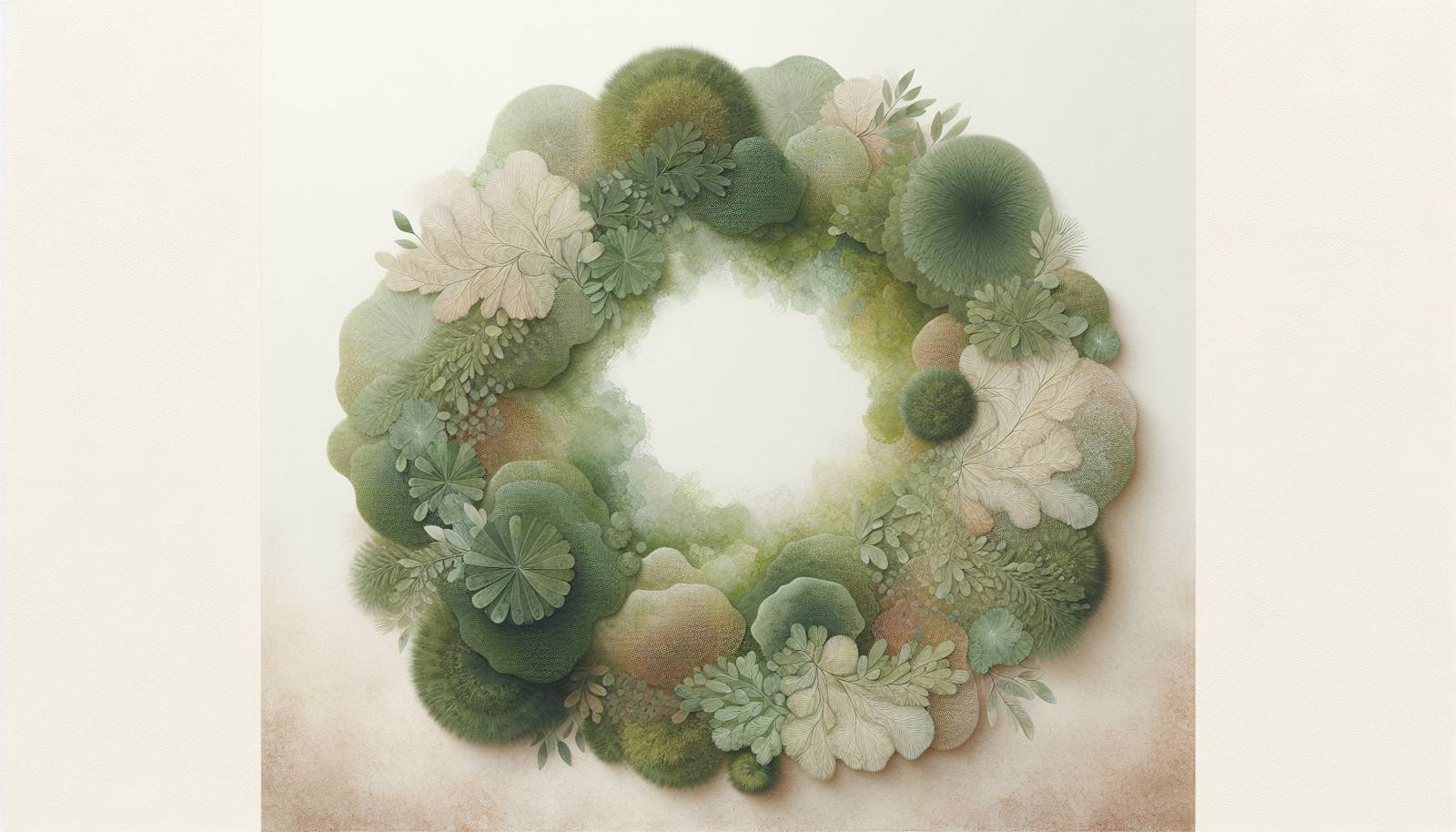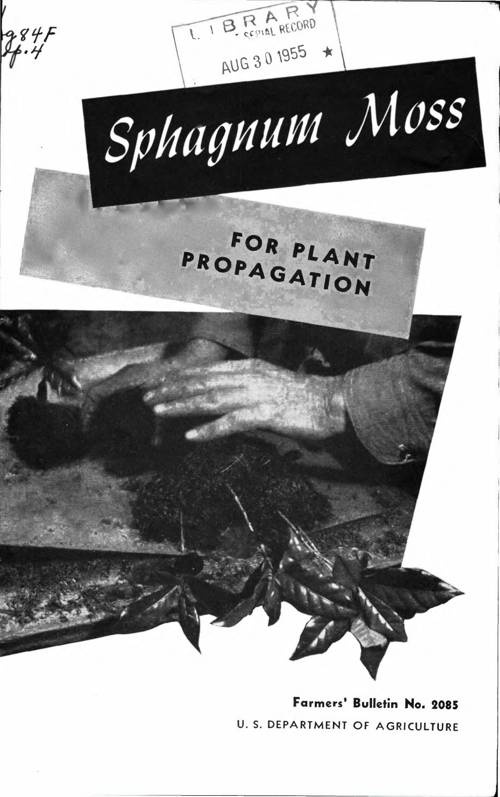
FAQ About Indoor Moss Propagation Techniques

What are the basic requirements for moss propagation indoors?
To propagate moss indoors successfully, you'll need to create an environment that mimics its natural habitat. Moss thrives in a damp, shaded environment with high humidity. Key requirements include a substrate like peat moss, rocks, or wood, consistent moisture, indirect light, and good airflow. Ensure that the moss is not exposed to direct sunlight as it can dry out and die.

Which types of moss are best for indoor propagation?
There are several types of moss that are suitable for indoor propagation, including sheet moss (Hypnum species), cushion moss (Leucobryum species), and fern moss (Thuidium species). These varieties are known for their resilience and ease of care, making them ideal for indoor projects such as terrariums and green walls.

How do I maintain humidity levels for moss indoors?
Maintaining humidity levels is crucial for indoor moss propagation. You can increase humidity by misting the moss regularly, placing a humidity tray filled with water near the moss, or using a terrarium with a lid. Additionally, keeping your moss in a room with higher humidity, like a bathroom or kitchen, can help maintain optimal levels.

Can I grow moss indoors without soil?
Yes, moss can be grown indoors without soil. Moss does not require soil for nutrients because it absorbs nutrients directly from water and air through its leaves. You can propagate moss on hard surfaces like rocks, wood, or on a mesh substrate. It's important to keep the medium moist and ensure proper humidity levels.

Is artificial light suitable for growing moss indoors?
Artificial light can be suitable for growing moss indoors if natural light exposure is limited. Low-intensity fluorescent lights or LED grow lights can provide the necessary lighting conditions. Ensure the light mimics the indirect sunlight moss naturally thrives in, and avoid placing the light too close to prevent drying.

How often should I water my indoor moss?
The frequency of watering indoor moss depends on the humidity level and the environment. Generally, you should aim to keep the moss moist by misting it regularly. If the moss is kept in a terrarium or in a high humidity environment, you might need to mist it less frequently. Monitor the moss to ensure it remains moist but not waterlogged.

What are some uses of moss in indoor decor?
Moss is a versatile addition to indoor decor. It can be used in terrariums, hanging planters, moss walls, and as a ground cover for potted plants. It adds a lush, green touch to spaces and requires minimal maintenance, making it ideal for creating a natural aesthetic indoors.

How do I prepare a substrate for moss propagation indoors?
To prepare a substrate for moss propagation, choose materials that retain moisture but allow for good drainage, like peat moss, coconut coir, or a mix of sand and soil. Cleanse the substrate to remove any contaminants, and ensure it is consistently moist before placing the moss on top. Keeping the substrate moist will aid in moss adherence and growth.

Can I propagate moss from fragments?
Yes, moss can be propagated from fragments. Simply take a small piece of moss and place it on a suitable substrate in a moist environment. With proper humidity and lighting, the moss will start to grow and spread over time. This method is effective for most types of moss.

Are there any common problems when propagating moss indoors?
Common problems in indoor moss propagation include desiccation due to low humidity, mold growth from excessive moisture, and nutrient deficiency if the moss cannot absorb enough from its environment. Ensuring balanced humidity and adequate ventilation are key to addressing these issues.

How long does it take for moss to grow indoors?
The growth rate of moss indoors can vary, but generally, moss begins to show signs of growth within a few weeks under optimal conditions. Full coverage on a substrate can take several months. Growth depends on factors like light, humidity, and temperature stability.

Can moss be propagated in a closed terrarium?
Yes, moss can be propagated in a closed terrarium, which helps maintain high humidity levels and reduces the need for frequent watering. Ensure the terrarium receives indirect light and proper ventilation to prevent mold growth and overheating.

What is the best temperature range for propagating moss indoors?
Moss typically thrives in a temperature range of 60-75°F (15-24°C). Avoid exposing moss to extreme temperatures, which can cause stress and inhibit growth. Keeping your setup in a stable environment will help ensure healthy moss propagation.

Can you use living moss as ground cover in indoor plant setups?
Yes, living moss is often used as a ground cover in indoor plant setups. It not only adds aesthetic value but also helps retain moisture in the soil, benefiting other plants. However, ensure that any plants sharing the space have similar light and humidity requirements.

Do I need special tools for moss propagation indoors?
No special tools are required for moss propagation indoors. Basic gardening tools such as scissors, tweezers, and a spray bottle for misting are sufficient. Using a clean container or terrarium and a suitable substrate are key components for successful propagation.

How can I prevent mold from growing on my indoor moss?
To prevent mold growth, ensure that the moss is in a well-ventilated area and not overly wet. Reducing excess water, maintaining air circulation, and occasionally allowing the substrate to dry slightly can help. If mold appears, remove affected areas and adjust the environment to reduce humidity.

Is it possible to dye moss different colors for decorative purposes?
While some people choose to dye preserved moss for decorative purposes, it is not recommended for living moss as it can harm the plant. Instead, focus on using naturally colored moss varieties or arranging different species to achieve a desired colorful effect in your decor.

Can moss improve indoor air quality?
Moss, like other plants, can contribute to improved air quality by filtering pollutants and adding moisture to the environment. However, its impact is generally less significant compared to larger houseplants. Moss is more commonly valued for its aesthetic benefits indoors.

How should I harvest moss from the wild for indoor propagation?
If you choose to collect moss from the wild, ensure you do so legally and responsibly by seeking permission from landowners and only taking small amounts. Gently lift the moss, taking both the top layer and some of the substrate, and transplant it to your indoor setup. Make sure to mimic its natural growing conditions as closely as possible.

What are the benefits of using moss in a humidification setup?
Using moss in a humidification setup can help maintain necessary humidity levels for other plants. Moss retains water and releases it slowly, which naturally humidifies the air around it. It's particularly beneficial when paired with plants requiring high humidity, enhancing both environment and décor.
